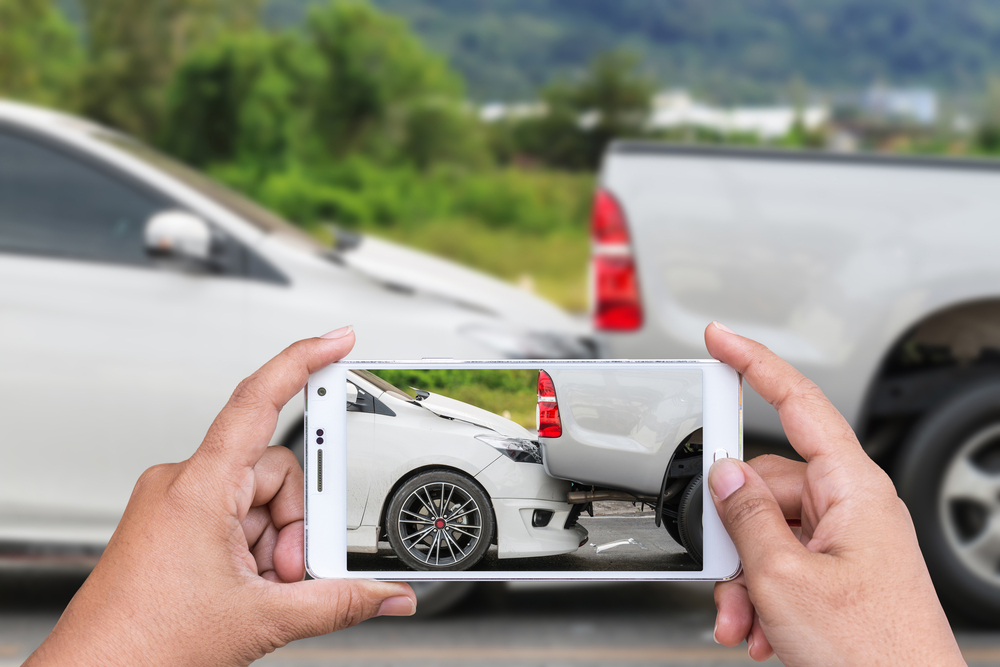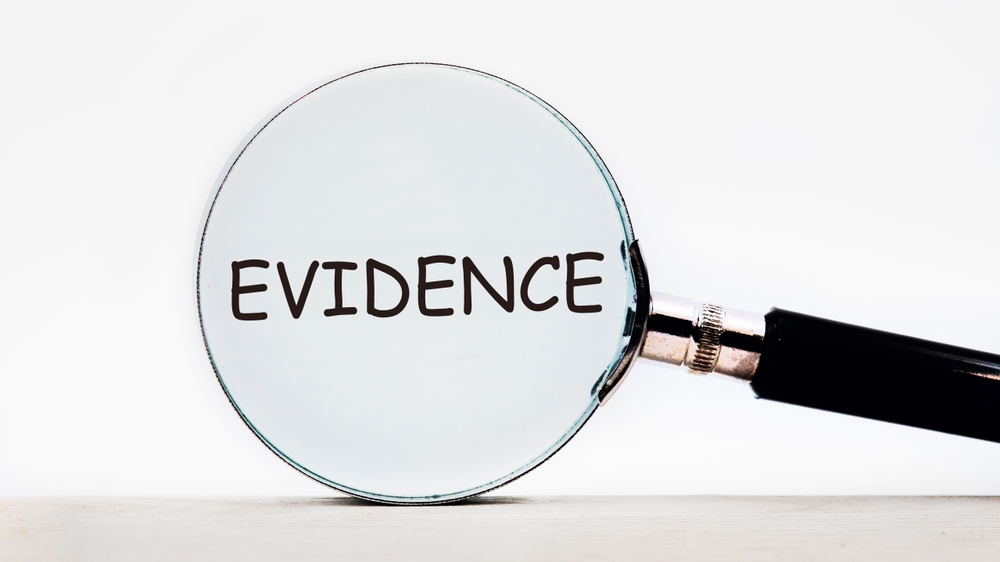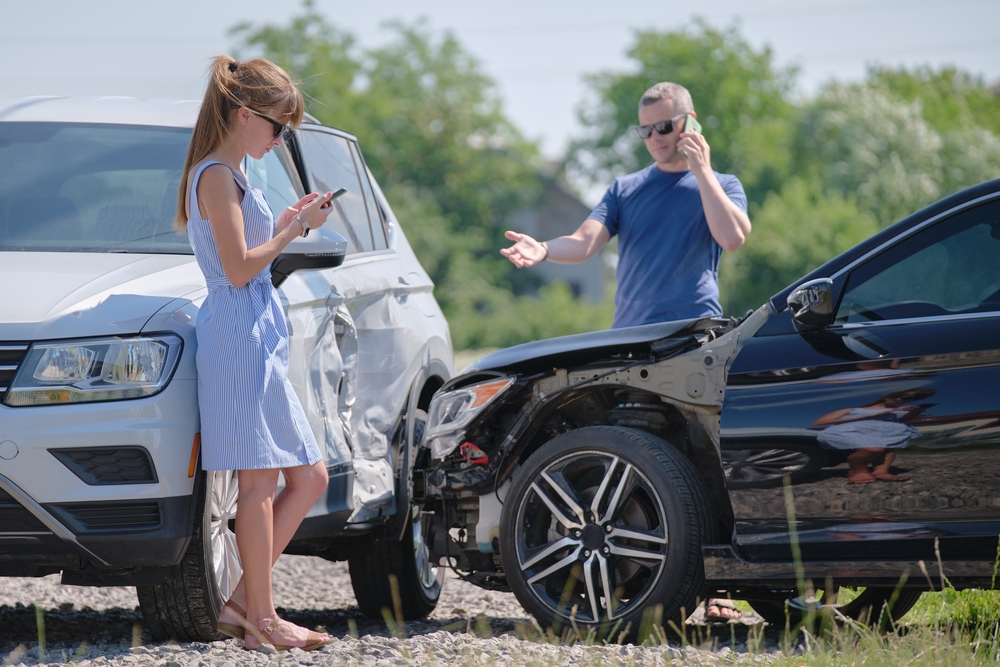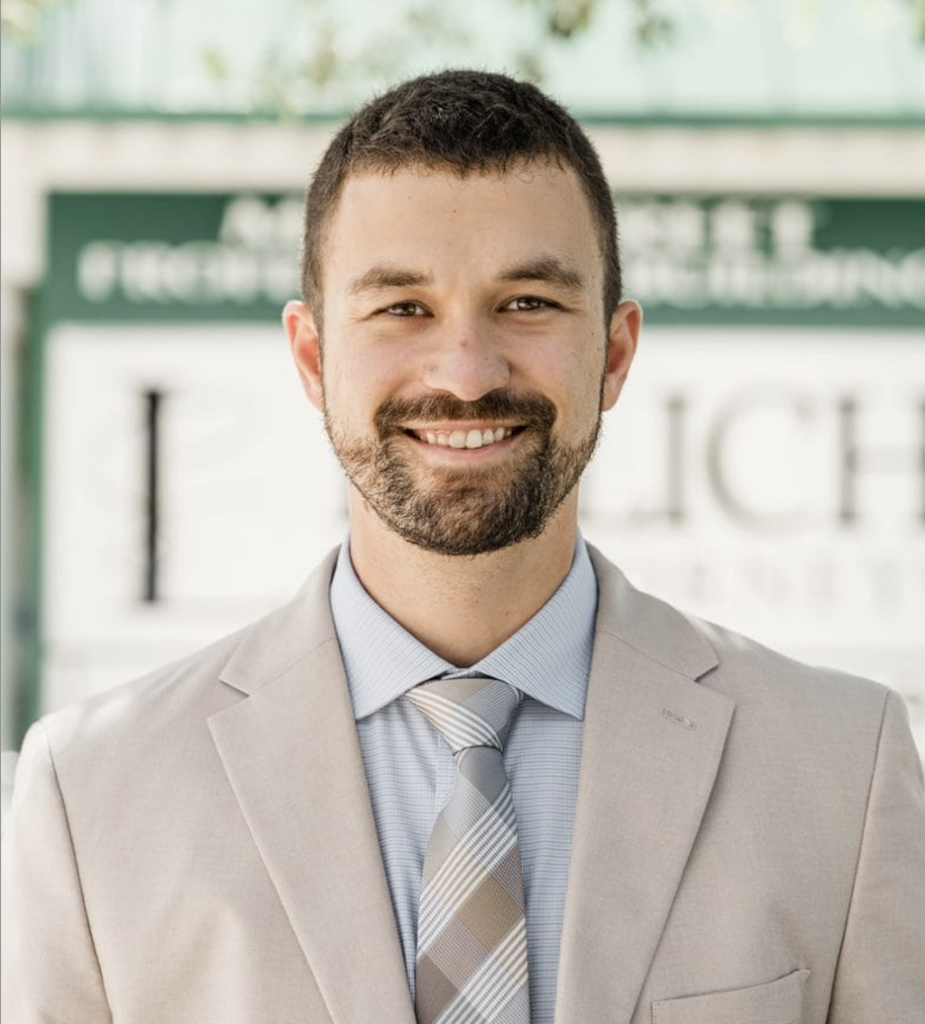Accidents happen, and when they do, one of the first questions is, "Who's at fault?" Among the many types of road accidents, rear-end collisions are particularly common.
But is the driver who rear-ends another vehicle always at fault? Let's dive into the complexities surrounding liability for rear-end crashes.
If you already suffered injuries in this way, consult a Sebastian car accident attorney near you immediately.
Schedule A Consultation Today!
The Presumption of Fault

Regarding rear-end collisions, the initial presumption is that the rear driver is the party at fault. This idea stems from fundamental driving principles that every motorist should adhere to while on the road.
For starters, one of the foundational driving rules is the expectation to keep a safe distance from the vehicle in front of you.
This safe following distance isn't just a recommendation but a necessary safety measure. By allowing for this safety zone, drivers give themselves enough time to react should the vehicle in front face a sudden obstruction or choose to brake unexpectedly.
When a rear-end collision happens, it's often seen as a breach of this concept, suggesting the driver in the back wasn't abiding by this rule.
Being observant and vigilant is an inherent responsibility that comes with sitting behind the wheel. Roads are dynamic environments with constantly changing scenarios, and drivers should anticipate these potential risks. This includes watching for sudden stops, changes in traffic flow, or even unexpected behaviors from other road users.
When one vehicle ends up hitting another from the rear, it may imply that the driver wasn't paying enough attention to the road conditions and the actions of their fellow motorists.
The Role of Alcohol & Drugs
Impaired driving is a serious and concerning factor when discussing road safety. While there are many reasons for vehicular accidents, the consumption of alcohol or drugs stands out as a particularly preventable one.
When a driver is under the influence, their judgment, reflexes, and ability to focus are compromised. As these are critical skills for safe driving, impairment can dramatically increase the risk of rear-end collisions.
Both alcohol and drugs, whether legal or illegal, can slow reaction times, making it difficult for the driver to respond quickly to changing road conditions or the actions of other vehicles.
The distance required to stop safely might become underestimated, and determining the speed of the car in front becomes challenging. The result? There is a much higher likelihood of crashing into the vehicle ahead.
Beyond physical impairment, there's also the mental and emotional impact. Being under the influence can lead to overconfidence, making the driver more prone to risky behaviors like tailgating.
Such reckless actions are often precursors to rear-end collisions. Even if a driver feels below the limit or only a little buzzed, it can still compromise their driving ability.
Distracted Driving
In an age where technology dominates nearly every aspect of daily life, the automobile is no exception. Distracted driving, primarily due to smartphones, has emerged as a leading factor among the other contributors to road accidents.
While technology aims to make life more convenient and connected, it often becomes the very thing that disconnects drivers from the task at hand: safe driving.
With their constant barrage of notifications, smartphones tempt drivers to split their attention between the road and the screen. Whether it's a quick glance to check an email, the urge to pick a new song, or the risky decision to make a call or text, these moments of distraction can have deadly consequences.
When a driver's eyes and mind go off the road, even for a few seconds, they might miss the sudden brake lights of the car in front, a pedestrian crossing, or a change in traffic signals. Given the high speeds at which vehicles often travel, mere seconds can be the difference between a safe stop and a devastating collision.
And smartphones are just the tip of the iceberg. In-car entertainment systems, GPS devices, and even seemingly innocent activities like adjusting the air conditioning or grabbing a snack can divert a driver's focus. The modern car itself, with its buttons, touchscreens, and features, can become a source of distraction.
However, among these, smartphones remain particularly concerning because of their immersive nature.
Reading a text or a social media notification isn't just a physical distraction; it's also a mental one. It draws the driver's mind away from the road, taking them into a different world where the immediate demands and potential dangers of driving fade into the background.
Given the increasing prevalence of rear-end collisions attributed to distracted driving, many states have implemented strict laws against the use of smartphones while driving.
Penalties range from fines to license points and, in severe cases, license suspensions.
Meanwhile, automakers and tech companies are researching and implementing hands-free solutions and drive-assist technologies to mitigate the risks. Features like automatic emergency braking or alerts for distracted driving aim to add an extra layer of safety.
Exceptions to the Rule
However, as with many legal principles, there are exceptions to the general rule. While the rear driver often bears the brunt of the blame, there are situations where the front driver or even external factors may share the responsibility. Some exceptions include:

Sudden and Reckless Halts
One common scenario that complicates the typical narrative of rear-end collisions is when the front driver makes an unpredictable and sudden stop. Picture this: you're cruising on a highway, maintaining a consistent speed with traffic flow, and suddenly, the car in front of you slams on its brakes without any apparent cause.
Such unexpected behaviors can catch even the most attentive driver off guard. Perhaps the lead driver realized they were about to miss their exit, or maybe their attention was diverted by a phone call or text.
Whatever the reason, these reckless sudden halts can cause accidents. In such cases, if the lead driver's unwarranted, erratic behavior created an unsafe situation, they might bear some responsibility for the resulting collision.
An Unexpected Reverse
Another situation that can flip the typical rear-end accident script is when the front vehicle unexpectedly shifts into reverse. Imagine waiting at a traffic light, and without warning, the car in front starts moving backward towards you.
Whether due to driver confusion, a misjudged distance, or an attempt to fix a missed turn, such reverse movements in unexpected places can lead to accidents. In these circumstances, the front driver who initiated the unexpected reverse will likely be responsible for the collision.
Non-Functional Brake Lights
Brake lights are more than just a vehicle feature; they are a communication tool on the road. They signal to drivers behind that a vehicle is reducing its speed or stopping.
But what happens when these lights fail? A driver, expecting to receive that red glowing warning, may be surprised when the car in front decelerates without any visible indication.
Such scenarios can lead to rear-end collisions where the blame might shift towards the vehicle with the malfunctioning lights. After all, part of responsible driving is keeping your vehicle's signaling mechanisms in proper working order to communicate intentions to fellow road users.
External Elements
External factors can sometimes play a defining role in determining fault. Consider a third vehicle that suddenly and recklessly merges into a lane, forcing the lead car to brake hard, resulting in a rear-end collision. In this situation, the third vehicle, though not directly involved in the impact, might be the primary catalyst for the accident.
Similarly, road conditions can play a role in crashes. Unexpected obstacles, debris, or poorly maintained roads with potholes can cause a driver to brake suddenly, making it challenging for the trailing car to react in time.
In such cases, the responsibility might not rest solely on the involved drivers but also with external parties or municipal bodies responsible for road maintenance.
The Role of Evidence
Establishing fault requires evidence. In rear-end collisions, evidence can come from several sources:
Witness Testimonies
Witness testimonies can help piece together the sequence of events leading up to a rear-end collision. People who saw the accident unfold—pedestrians, other drivers, or even passengers—can offer an unbiased recounting of the incident.
This third-party perspective often helps when the involved parties have conflicting stories. Witnesses can corroborate or challenge the drivers' accounts, clarifying aspects such as speed, sudden movements, traffic signals, or other external factors that may have contributed to the accident.
CCTV and Dash Cam Footage
In today's technologically advanced age, visual evidence often plays a role in accident investigations. Cameras at intersections, outside businesses, or mounted within vehicles have become tools in determining fault.
Dashcam footage, in particular, can capture the moments leading up to, during, and after a collision, offering an unfiltered view of the incident. This visual evidence can validate or contest statements made by the involved parties or witnesses, providing clarity where memory might be uncertain.
Decoding the Story Told by Vehicle Damage
Often, the aftermath of an accident leaves a telling signature. The nature and location of damage on the involved vehicles can help understand how the collision occurred. For example, if a vehicle has extensive rear-end damage, but the front of the trailing car shows minimal impact, it might suggest the lead car reversed into it.
Conversely, damage profiles can also reveal speeds, angles of impact, and even potential evasive actions drivers take. Expert witnesses or accident reconstruction specialists can analyze these damage patterns to deduce the dynamics of the collision, lending insights into the determination of fault.
Police Reports
When accidents happen, especially serious ones, law enforcement typically gets involved. The officers responding to the scene might launch an investigation, noting down details of the accident, speaking to involved parties and witnesses, and observing any evident traffic rule violations.
The resulting police report becomes an important document with considerable weight for insurers when determining fault.
While it might not always explicitly state who was at fault, the documented observations, noted violations, and drawn diagrams can provide a comprehensive overview of the incident. This report, when combined with other evidence, can be a determinant in establishing liability.
Why Determining Fault Matters

Vehicle accidents bring a flood of immediate expenses. Some of the most expensive are vehicle repairs. Collision damages can range from simple dents and scratches to more extensive structural issues. In extreme cases, the vehicle might be deemed beyond repair, requiring the purchase of a new one.
Medical expenses are another financial burden. Those involved in the accident might need immediate medical attention, surgeries, or long-term treatments. The medical costs can pile up quickly, especially when factoring in rehabilitation, therapy, and medication.
Beyond the direct, tangible costs, accidents cast a long shadow of indirect implications. Lost income becomes a significant concern for many. The inability to work due to injuries or the psychological aftermath of an accident can lead to a substantial loss of income.
For some people, especially those in professions that require consistent presence, extended absences can jeopardize their entire careers.
Then there's the issue of pain and suffering. This isn't solely about physical distress but also the emotional and psychological suffering following such a traumatic event. The repercussions can manifest in many ways, affecting quality of life, relationships, and mental well-being.
Insurance often steps in to mitigate these financial pressures. Typically, the insurance of the party at fault will be responsible for covering the damages. However, this can differ based on specific jurisdictions and insurance policies.
In some systems, the individual responsible for the accident and their insurance will bear the costs. In no-fault systems, irrespective of fault, each party's insurance will cover their own damages up to the policy limits.
Consult a Car Accident Lawyer Today

While trailing drivers are usually responsible for rear-end crashes, every accident is unique. Multiple factors, from driver actions to external conditions, influence the final determination of fault.
If you find yourself in such an accident, gathering evidence and consulting with a car accident attorney can ensure the proper party is liable, and victims receive compensation for their losses.
If you suffered injuries, discuss your options with a car accident lawyer today.
